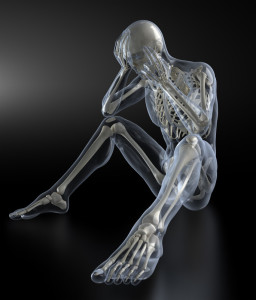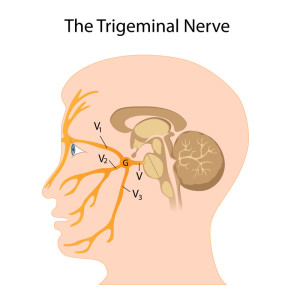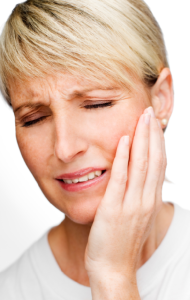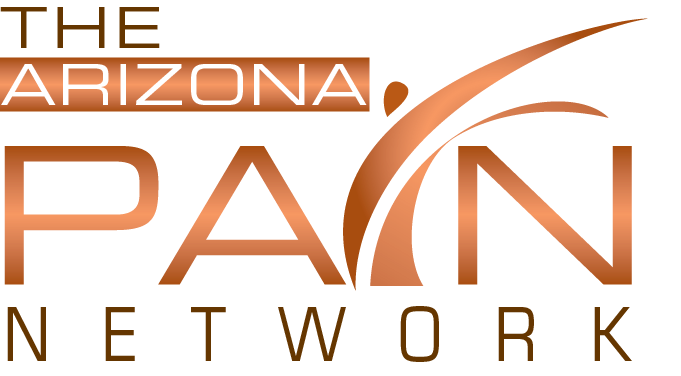
FAQ’s of Facial Pain
Facial pain resembles a headache, but can be severe, piercing and occurs somewhere on the face. There are may causes for facial pain, although the challenge arises in treating the condition because the location for cause must be determined.
Some regions affected by facial pain occur around the eyes, near the nose and along the sides of the face. Other facial pain areas affected might be lower, along the jaw line or around the mouth.
Pain ranges in level and grade, from a sharp tingling due to nerve damage, or a dull, throbbing ache that won’t go away. The pain can become chronic if left untreated.
What Causes Facial Pain?
There are a number of causes of facial pain. Dental surgery or TMJ work may contribute to some forms of facial pain, which will be discussed later. The most common forms of facial pain arise due to migraine headaches and neuropathic problems.
One of the most common forms of neuropathic pain within the face is referred to as trigeminal neuralgia. Located at the fifth cranial nerve, the trigeminal is the nerve that is in charge of most communication of sensory information to the brain (Gillian et al., “Epidemiology and treatment of neuropathic pain: The primary care perspective”, Pain 122 (2006) 156–162). When this nerve becomes inflamed, pain can occur in the face.
Trigeminal neuralgia is sometimes related to atypical facial pain and may arise following an injury, dental surgery or sinus surgery. While they do arise from similar causes, the symptoms may present themselves differently. Atypical facial pain may present a dull and achy sensation on the face, accompanied with burning and squeezing feelings. When injury occurs to one branch of the trigeminal nerve, pain may radiate out of the nerve into other divisions, causing severe pain.
Call (602) 507 – 6550 to schedule your Appointment TODAY!

What About TMJ and Face Pain?
Another common source of facial pain is TMJ. TMJ stands for Temporomandibular joint (or  jaw) disorder. This condition involves the upper and lower jaw (mandible). The temporomandibular joint is the hinge that connects your lower jaw to your head. This joint sits right in front of the ear.
jaw) disorder. This condition involves the upper and lower jaw (mandible). The temporomandibular joint is the hinge that connects your lower jaw to your head. This joint sits right in front of the ear.
TMJ disorders typically consist of pain in the jaw, teeth, gums, ear, and most commonly, in the face and cheekbones. There are a number of causes of this condition. One the most frequently seen causes of TMJ is teeth grinding, particularly at night. Also stress, a misaligned bite, and arthritis of the joint can cause TMJ.
While the first and most common symptom of TMJ is pain in the jaw, ears or face, some of the other symptoms may include: a “popping” sound when the jaw is opened, swelling in the area of the ear and the side of the face, the inability to open wide, a tired or saggy feeling in the face and difficulty chewing.
Finding the most effective treatment for TMJ will depend on the symptom. For those who grind their teeth at night, a simple bite-guard might be the solution. For others, more involved surgery or treatments (like braces, crowns or bridges to realign the bite) might be necessary.
In some cases, chiropractic care has also been shown to provide improvement. Instant relief can be sought with hot (or cold) compresses, over-the-counter-pain medications, a numbing gel for the mouth, and relaxation techniques such as meditation and deep breathing. However, those temporary forms of relief are only masking the pain, not providing a long-term fix or cure.
What Treatment Plans Will Help?
There are several options for treating facial pain depending on the determined cause. Each case of facial pain is unique and everyone’s situation is different. Some patients respond quickly to medications and therapy, while others require nerve block procedures to minimize pain.
These medications may include NSAID’s, Tylenol, or short term narcotics. Additionally, neurogenic medications such as Lyrica or Neurontin may be able to mitigate pain. Anticonvulsant medications including carbamazepine (Tegretol, Carbatrol, others), Trileptal, Klonopin and Neurontin have been shown to be effective for trigeminal neuralgia.
Injection treatments can help considerably. Sphenopalatine ganglion blocks may help with TMJ, RSD, Cluster Headaches and other conditions. Along with these injections, a glycerin injection at the base of the trigeminal nerve may provide exceptional pain relief.
For the most severe cases, radiofrequency procedures may help and possibly spinal cord stimulation. Arizona Pain Specialists will work closely with the patient to determine the best possible treatment plan that provides the most favorable outcome.
The first step in treatment is to try and locate the root or site of the problem. Several nerve tests can be carried out to determine where the pain arises and what areas it affects the  most. When the location is determined, nerve blocks may be necessary to provide pain relief for more than a few hours or days.
most. When the location is determined, nerve blocks may be necessary to provide pain relief for more than a few hours or days.
Some modern techniques are designed to provide pain relief for several months at a time before needing further treatment. Reasonable expectations for pain relief are needed during the diagnosis and treatment process; however, your pain specialist will work hard to find the proper treatment that results in the least amount of pain.
It is critical that if you are having facial pain of any kind, seek out the best Arizona pain center help to diagnose your condition and get you on the way to relief. There is no need to suffer with chronic pain in the face. Thanks to new advances in medicine and technology, chronic facial pain does not have to prevent you from living life.
Arizona Pain Specialists offers comprehensive treatment for facial pain, including medications, injections, RF procedures, chiropractic,TENS units, acupuncture and more.
Call (602) 507 – 6550 to schedule your Appointment TODAY!

![]()




 jaw) disorder. This condition involves the upper and lower jaw (mandible). The temporomandibular joint is the hinge that connects your lower jaw to your head. This joint sits right in front of the ear.
jaw) disorder. This condition involves the upper and lower jaw (mandible). The temporomandibular joint is the hinge that connects your lower jaw to your head. This joint sits right in front of the ear. most. When the location is determined, nerve blocks may be necessary to provide pain relief for more than a few hours or days.
most. When the location is determined, nerve blocks may be necessary to provide pain relief for more than a few hours or days.